Teaching SDGs is a big deal and this idea has had some real momentum for schools across the globe ever since the United Nations announced the 17 Sustainable Development Goals in 2015. If you haven’t come across these 17 goals, the infographic that covers this most broadly is below: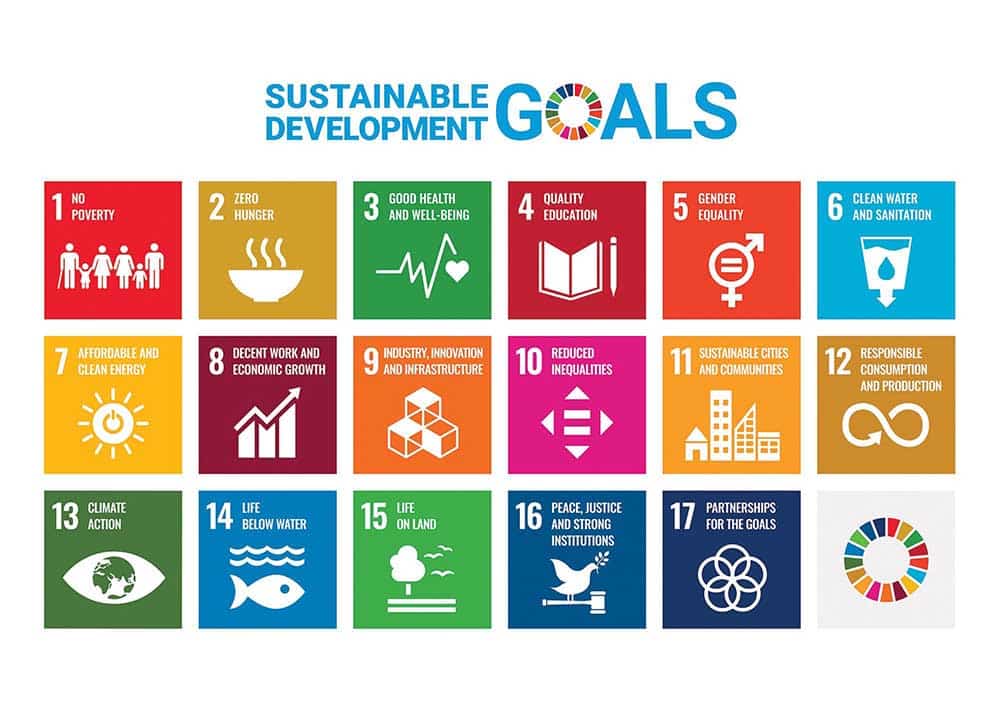
The 17 UN SGDs. Source un.org
The point of the sustainable development goals is for people from all nations to unite around commonly shared needs. By governments, organisations, industries, communities, families and individuals all working towards these goals, we will make the world a far better place, especially if we achieve all of these by 2030!
So given these broad goals and the need for action now, what some teaching ideas that you can use to help students not only to understand the importance of SDGs but actually make a real difference in their communities?
First steps for teaching SDGs
- Join the Teach SDGs movement! Head to Twitter and follow TeachSDGs. From there you can keep an eye out on what teachers have been doing across the globe using #TeachSDGs which will definitely help as you pull together scope & sequences. You can also join the conversation no matter which stage you’re at with getting this going in your school.
- Start small. You don’t have to achieve all 17 goals straight away! Nor do you need to make this an onerous task where it is the make or break of your school year. Whether you want to work on this independently with your students or as a collaboration between other grades or even the whole school (or beyond), what matters is that your students get to understand why the SDGs are so important and how they will directly benefit both now and into the future.
- As you introduce the goals, bring in some of the background as to why these goals were formulated in the first place. This doesn’t have to be a doom and gloom discussion, however, knowing where they’ve come from will help form purpose for the students as they start to start the process of making the goals happen for the community.
- What does matter is authenticity; whatever STEM project you embark upon should resonate with your students. If the students feel connected with the problem and its potential solution, they are far more likely to take on the challenge and make a difference. Survey your student’s interests and seek opportunities to create projects that would be powered by their interests.
- Keep the impact vs difficulty concept as a core part of your STEM project. The students need to think carefully about what impact their projects will be and how the various facets of the project make the project achievable or not based on the resources at hand.
- Consider centring some of your lessons around UN observance days. Not all of these would be appropriate for you however there are many observance days to pick from and they form a natural backdrop from which to start (some of these UN days are a no-brainer for teaching STEM!).
Using STEM as a lens for teaching SDGs
There are many ways to teach STEM using SDGs! Recently we spoke with Helena Nicholson, a TeachSDGs ambassador and all-round awesome teacher on the FizzicsEd podcast where she went through a variety of ways she has engaged her primary students in using digital technologies and science activities to form the basis of her sustainability teaching.
One of the things that was striking in this chat was that there really aren’t that many barriers for making it happen! Of course, not all of the SDGs have a direct link with STEM, however having STEM in the back of your mind whilst addressing the goals can certainly help you put that extra little bit into your lessons.
Ideas for teaching SDGs
SDG 1 – No Poverty
Poverty sadly affects millions of people around the world. This goal can be confronting to students, however this also means that it can be a big motivating factor when looking to address it. What students may not realise is that versions of poverty can also be very close to home; you just have to look at the socio-economic regions in your country to see this. When looking at this goal from a STEM point of view, be mindful of your student’s backgrounds and their sensitivities.
- Have students research and present to the class situations where STEM has helped to alleviate poverty. This could be through the development of a vaccine, an improvement to a drought-tolerant crop, the design of water storage solutions and more.
- Create a Zero Waste Challenge, whereby part of this involves collecting excess materials to be donated to charity.
- Encourage student entrepreneurship. Students can create a solution to a problem, build that solution and then sell that solution to raise money for charity. This has the additional benefit of teaching students entrepreneurial skills that can be used later in life to benefit society. Something that can help students develop their solution is by emulating the TV show Shark Tank within your classroom. Going further, there are opportunities for students to learn more about entrepreneurship through programs such as Entropolis (formerly kidpreneur) & Lemonade Stand
SDG 2 – Zero Hunger
Just like SDG 1, the Zero Hunger goal can also seem overwhelming to students and may be confronting to students. Whilst the challenge is huge, your students can still contribute in their own way to make a difference.
- Connect your schools with food charity to initiatives such as Oz Harvest, Secondbite or Foodbank to send excess food to people in need.
- With school events, change your ticketing platform to one that incorporates food charities such as Humanitix. Some of the proceeds from your events can then directly go to these charities.
- Create a ‘seed library’, whereby students grow their own plants at school and then harvest the seeds for use by others. Students could write articles and record videos about how to care for the plants as a guide.
- With some research about the import permits for seeds in a given region, your school could link with another school in drought-stricken areas to send seeds and agricultural equipment to them.
- Link your school with a community garden in your area. Students could then contribute their work to helping maintain and grow the fruit & vegetables for people in your area.
- Take your students fruit-picking at a local orchard. Here they can learn about food waste, biosecurity and farming techniques used in your area.
SDG 3 – Good Health and Well Being
Good health and well-being is essential for every person and extends beyond simply eating well.
- Use your 3D printing equipment in consultation a local hospital or retirement home to make assistive devices for patients.
- Link with a local sports team to learn how sports science is used in improving athletes fitness.
- You could use micro:bits or similar to design devices that measure performance (eg a points counter for basketball shots).
- Raise money to send sports equipment to communities.
- Students could design a school fitness regime and track their progress through the year.
- Work with your school canteen/tuckshop to identify opportunities to improve nutrition & variety in school food. Challenge your students to pull together a nutritious menu based on research that is also affordable for the students.
- Reach out to your education department for resources on implementing mental health strategies in your school. The NSW Department of Education has a list of Australian resources and the Victorian Mental Health Tool Kit can be a great start.
SDG 4 – Quality Education
Your students may not realise that education can be quite different around the world. Likewise, so can be the teaching environment!
- Share your knowledge in teaching with others around the world. Create a blog, create a podcast, join a Twitter PLN, create a YouTube channel… find a way to share how you teach so that others can learn from you.
- Connect your students via video conference to other schools. Share what happens in your school, from the timetable & subject content through to how you dress and what food you eat.
- Challenge your students to join STEM competitions. These competitions provide an opportunity for students to hone their skills in areas such as robotics, coding, science projects and more.
- Provide opportunities for students to enrol in exchange programs.
- Continue to be involved in professional development. If possible, try workshops that have not been attended by other teachers in your school before so that you can bring more ideas into your school to use.
SDG 5 Gender Equality
Equality is critically important and students need to see examples of this in action.
- Showcase examples of strong role models of women in STEM.
- Invite female scientists and engineers to speak at your school. If they cannot visit your school, is it possible that they connect via Zoom or Skype? You can find awesome speakers via the Australian Tall Poppies and Nepris.
- Open up opportunities for both genders to work together on STEM projects and competitions.
SDG 6 – Clean Water and Sanitation
Not all areas have access to clean water. This presents an opportunity for students to learn more!
- Visit your local water treatment plant and learn techniques in water filtration.
- Challenge your students to design their own water filtration system. A simple version of a water filter can be found here.
- Track water use in your school and identify areas where water can be saved.
- Participate in World Water Day by organizing an event on March 22.
SDG 7 Affordable and Clean Energy
Electrical energy is often taken for granted. Students can look deeper at energy production at their school and beyond.
- Learn about how Gravity Light has made a huge difference for communities in Africa. Can your students design a similar machine?
- Participate in Solar Schools. Link with another participating school to share ideas & resources.
- Learn how electric motors work by making your own.
- Pick up a power meter from an electrical store and survey your school’s energy consumption. Is there room for improvements?
SDG 8 – Decent Work and Economic Growth
The economy and STEM are interlinked. Help students to see these links!
- List as many STEM careers that students can have. Discuss the pathways needed to get involved. Our friends at Careers with STEM can help here too.
- Research how applications of STEM has improved the economy.
SDG 9 – Industry, Innovation and Infrastructure
- Create a Maker Space in your school
- Link with a school STEM partnerships group in your area (eg STEM Industry School Partnerships SISP). If there are none in your area, this could be an opportunity to form one!
- Have students list the infrastructure in their community that makes their life better. What could be improved?
SDG 10 – Reduced Inequalities
This is an opportunity to think deeply about inequalities that exist in your community.
- Have your student list out inequalities that they know about in their area. Are there opportunities to contribute to solving these?
SDG 11 – Sustainable Cities and Communities
Sustainable cities involve integrating renewable resources and reducing impact on the surrounding natural environment.
- The One World robotics competition is designed for students to think about future cities in terms of managing traffic using artificial intelligence. Create a robotics unit that teaches students how artificial intelligence can be used in future cities.
- Increase foliage in your school to reduce the heat sink in your school created by concrete areas. Use a lux meter and a thermometer to measure the differences!
- Create a school garden and run science experiments to improve the production of food. The food grown could help supplement supplies at the school canteen.
- Students could build more bike racks for your school and they could track the kilometres that they pedal each week.
SDG 12 -Responsible Consumption and Production
Reduce, re-use and recycle is the mantra of modern communities.
- Introduce composting in your school and return the compost to your school garden.
- Make a worm farm and recycle your food scraps.
- Introduce a school-wide paper recycling and reduction program. You could also teach students how to make their own paper from paper waste.
- Create a wood, metal, plastic and cardboard area for upcycling. These materials could then form the basis of your STEM & science projects in the future.
SDG 13 – Climate Action
Often it can feel that climate action is something only governments can do. Show students that local actions matter too!
- Look at food miles for your school canteen. Can you reduce carbon emissions by buying locally-grown produce?
- Reduce your energy consumption in your school with 10 easy steps.
- Join your school up to a National Tree Day event.
- From a STEM point of view, you could create school greenhouses with smart watering systems controlled by micro:bits
SDG 14 – Life below water
- Clean up the beach in your local area. Get involved in the Seabin project to take this cleanup further.
- Get involved with Streamwatch to help contribute to water quality monitoring.
- Use citizen science apps like Redmap and CoastSnap to contribute to scientific knowledge. There are more coastal citizen science opportunities here too!
SDG 15 – Life on land
- Make possum nests, bee hotels and hollows for birds.
- Reduce erosion by stabilising creek embankments with plantings. You can monitor the impact of this by making and using a Secchi disc for water turbidity monitoring.
- Participate in citizen science using apps such as FrogID and the Aussie Bird Count
- Teach students more about the importance of soil science by showing them different techniques in soil classification
- Encourage bird & insect diversity by introducing different flower shapes and sizes throughout your school garden. Where possible use locally sourced native plants from indigenous seed stock.
SDG 16 – Peace, Justice and Strong Institutions
- Teach students the value of a student council by establishing their own version of the COAG (Council of Australian Governments) or CHOGM (Commonwealth Heads of Government Meeting) across grade levels or even between schools. Issues around the UN SDGs could then be debated and solved together.
SDG 17 – Partnerships for the goals
Grow your SDG lessons beyond your school!
- The potential for creating change is huge once you leverage teacher professional learning networks on Twitter.
- Connect with other schools via video conference. Share ideas about your projects and plan for a collaboration!
- Find more school-to-school collaborations via Centre for Interactive Learning & Collaboration
No doubt you’ll have even more ideas (pop the in the comments below!). No matter what, try to get buy-in from your colleagues as you go large. Even if your SDG lessons don’t extend beyond your classroom, you’ll be participating in a global movement for change regardless. Go for it, your students will love it!
Happy teaching,

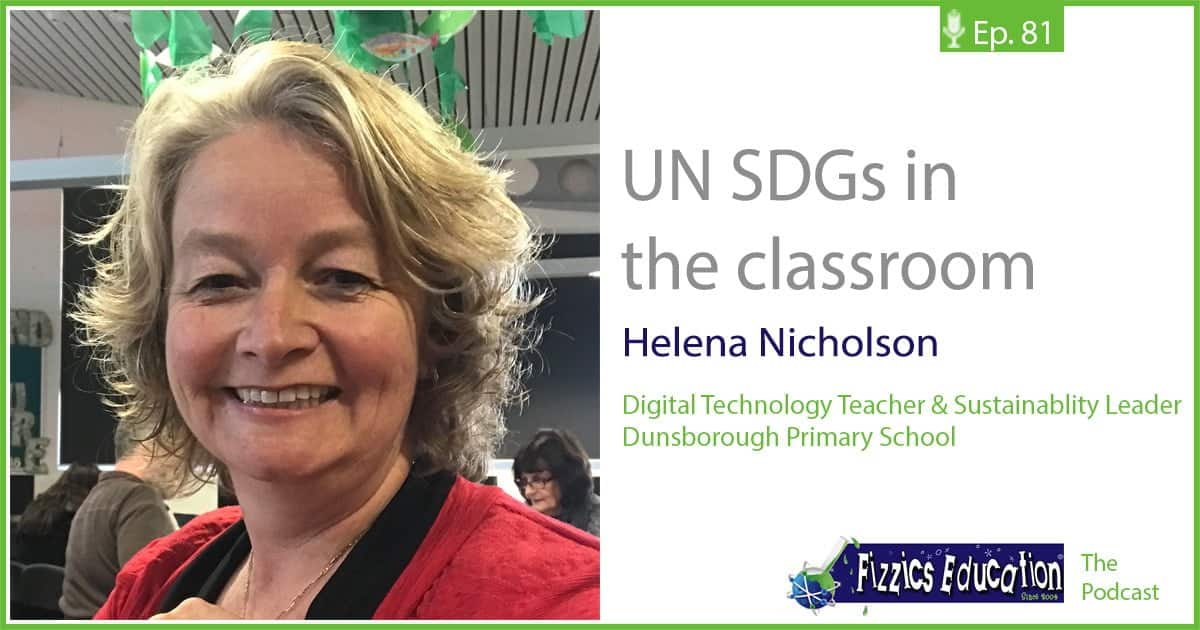

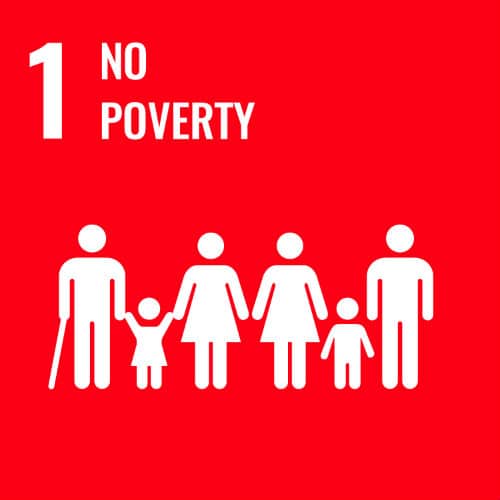
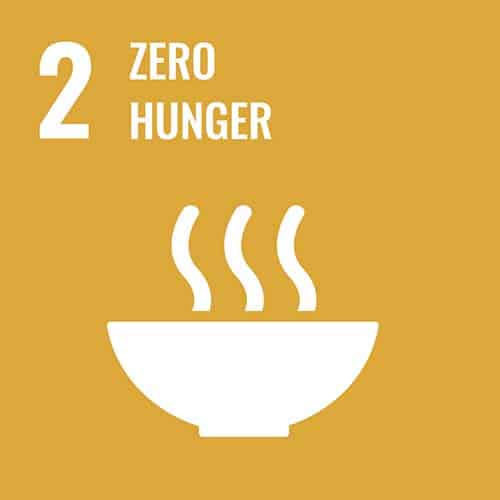
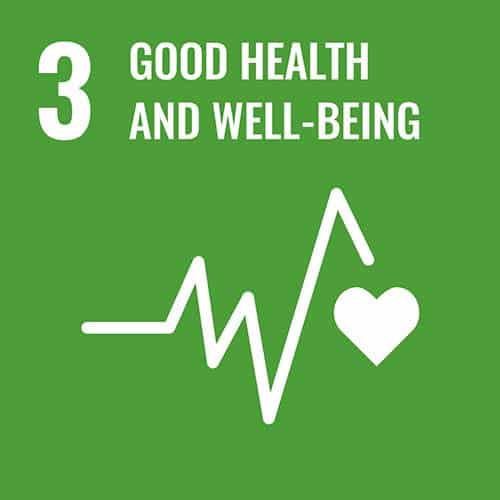
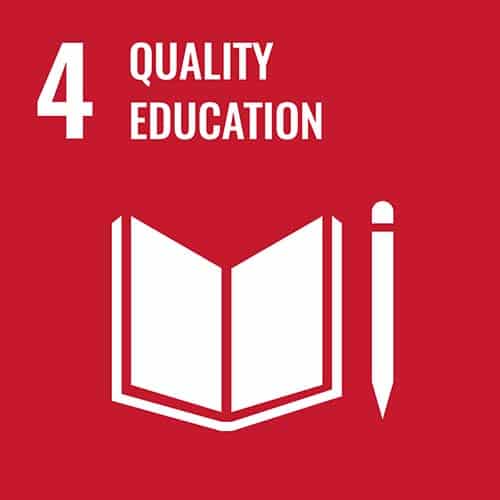
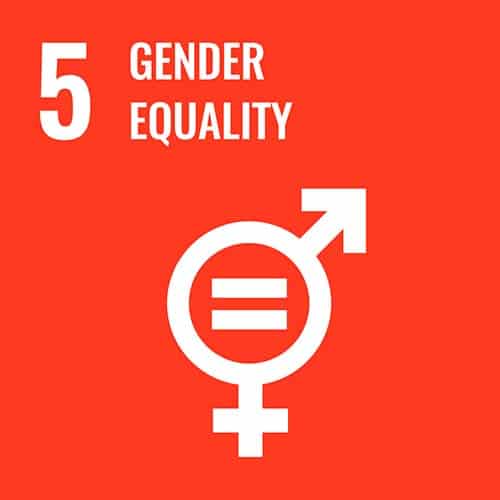
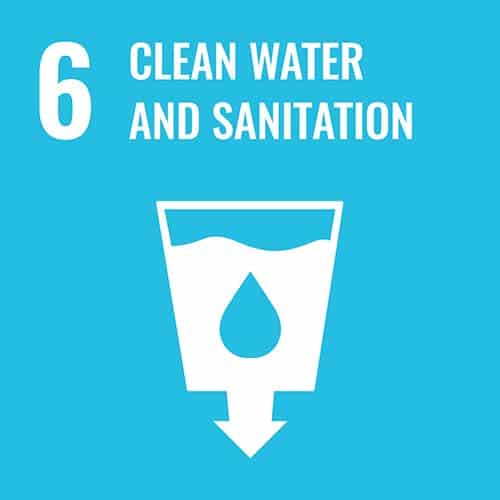
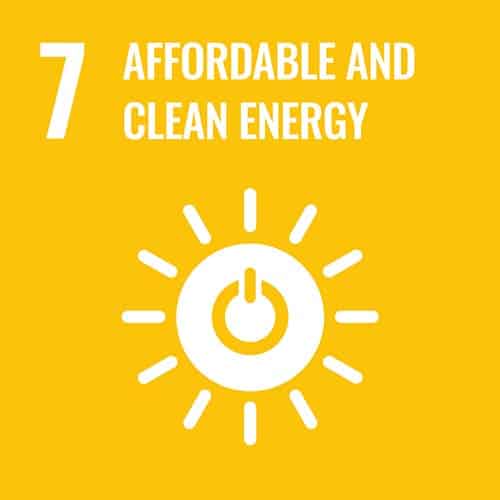
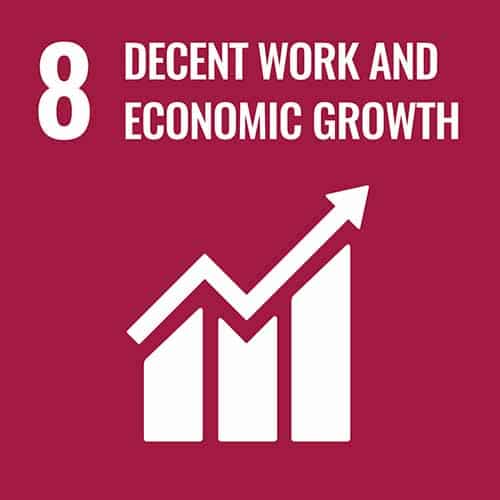
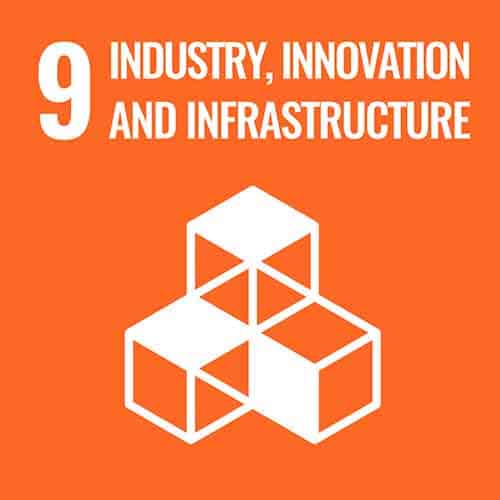
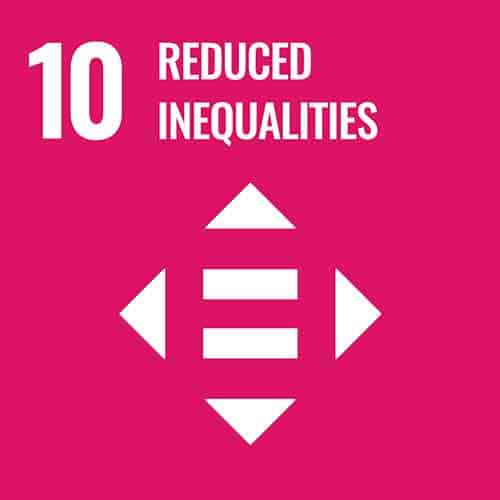
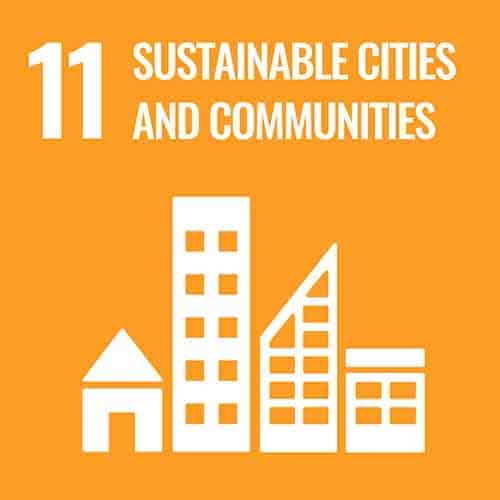
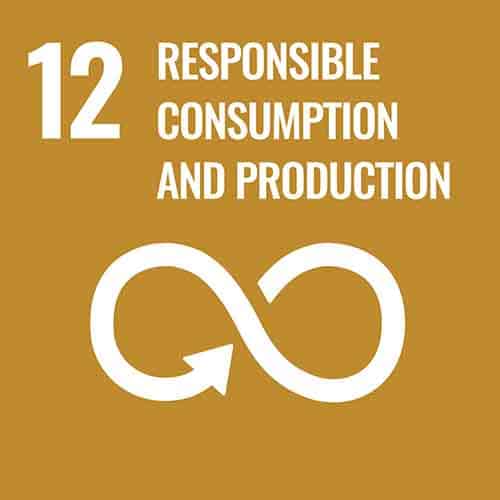
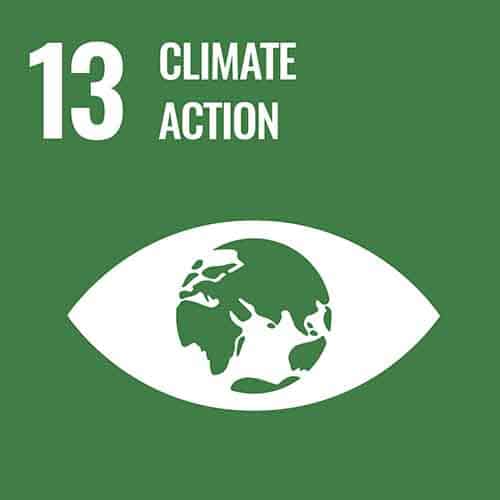
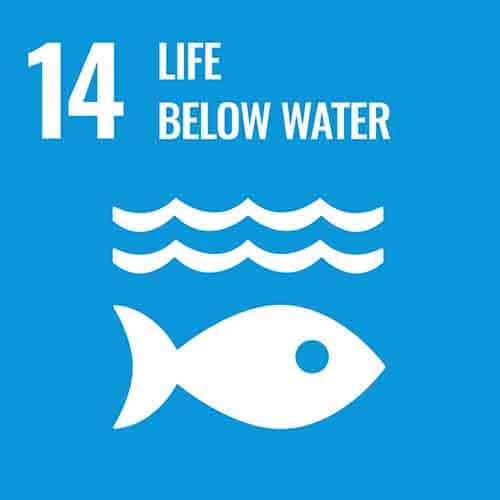
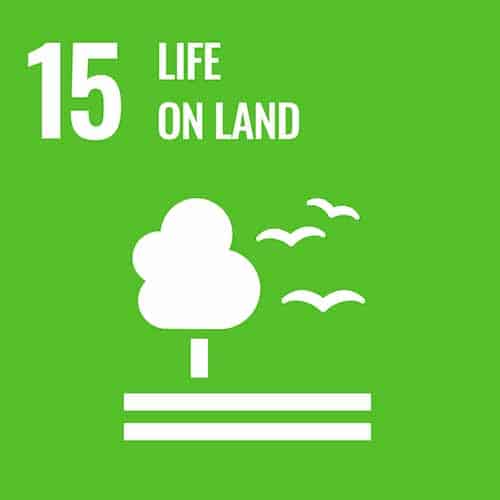
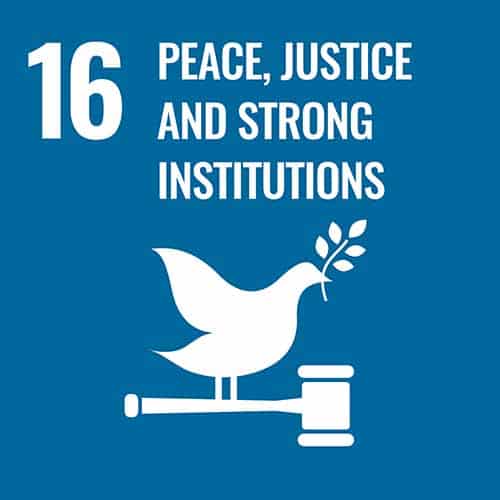
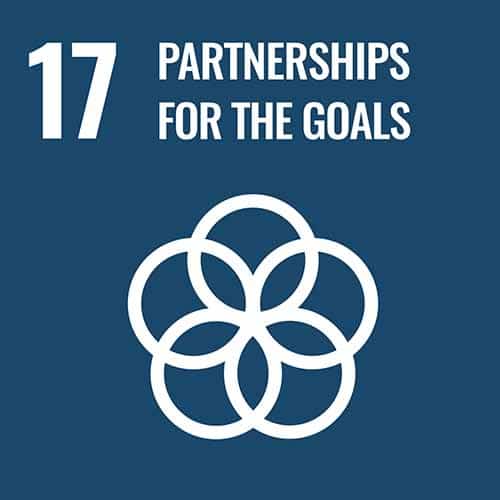
























Comments